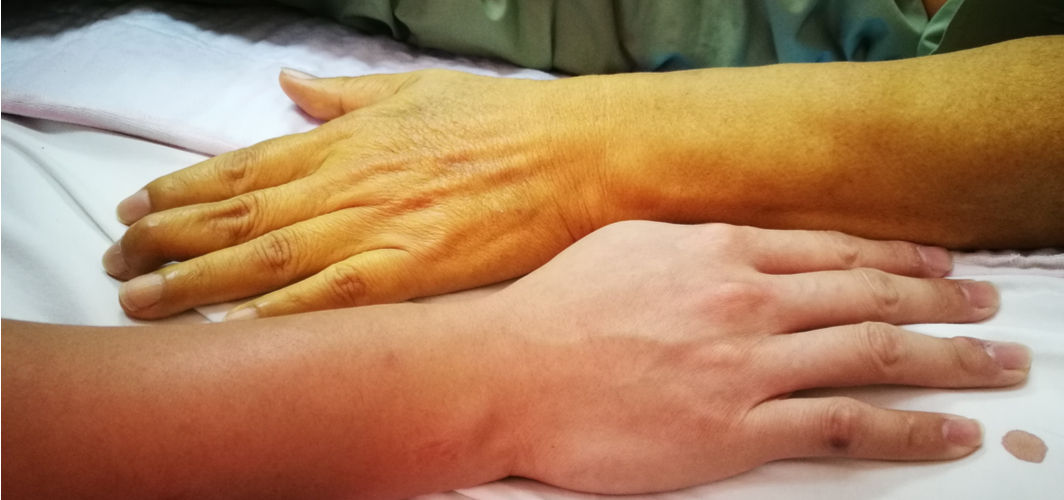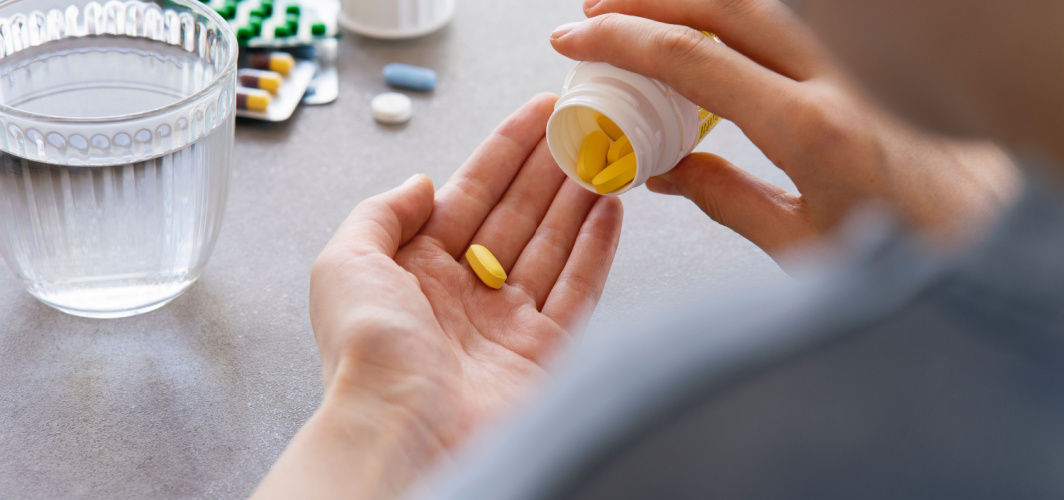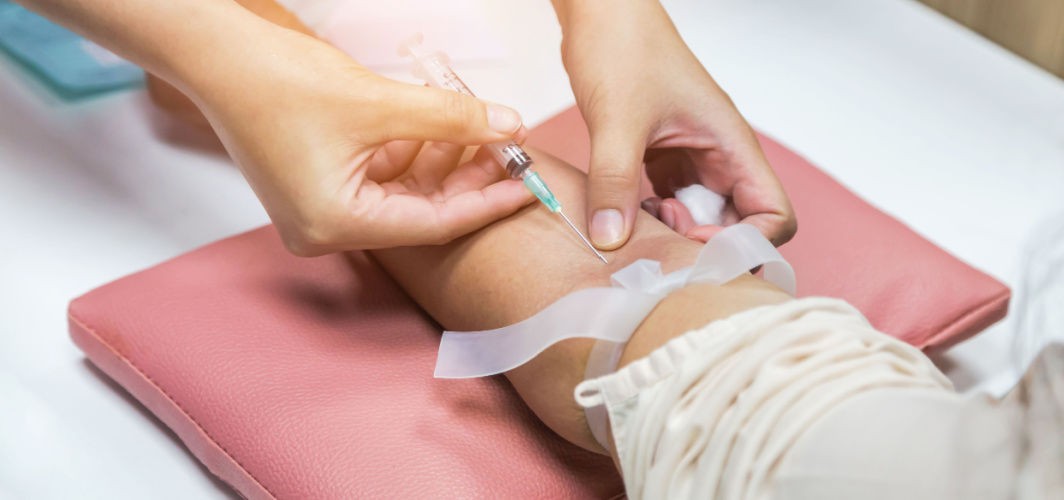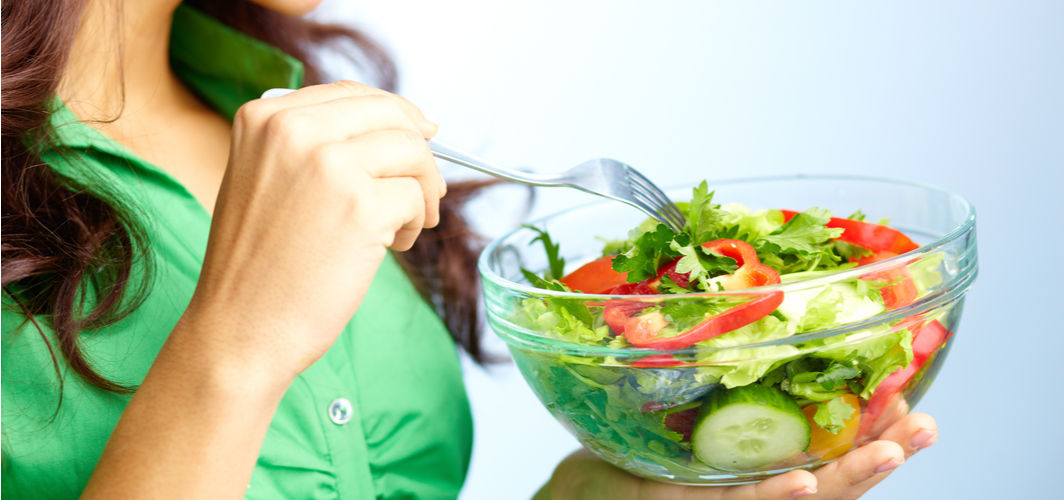General Health
Adult Jaundice: Early Signs to Look out For
3 min read
By Apollo 24/7, Published on - 26 October 2021, Updated on - 12 March 2023
Share this article
0
16 likes

After every 120 days, the old and damaged red blood cells (RBCs) in the body die and new ones are produced from the bone marrow. During the natural breakdown of RBCs, haemoglobin (an oxygen-carrying protein in the RBCs) releases bilirubin. Normally, the bilirubin is released into the bloodstream and removed from the body by the liver and bile ducts. When this bilirubin is not released out of the body, it gets deposited in the skin, resulting in jaundice.
Jaundice is a condition in which the skin, sclera (white part of the eyes), and mucous membranes of the body turn yellow. Though jaundice can occur to anyone, people suffering from hepatitis or consuming excessive alcohol are at increased risk of developing the disease. Newborn babies develop another form of jaundice usually 2 to 3 days after birth which is known as neonatal jaundice.
What are the early signs of jaundice?
In most cases, the person does not develop any symptoms of jaundice initially. However, as the condition worsens, the symptoms may start appearing. The early signs of jaundice include:
- Fever with chills
- Pain in the abdomen
- Change in the colour of the skin to yellow
- Itchy skin (pruritus)
- Flu-like symptoms such as cold, cough and stuffy/runny nose
- Dark coloured urine
- Clay-coloured stool
- Gradual weight loss.
What are the causes of jaundice?
Depending on the stage of bilirubin production, the causes of jaundice can vary.
1. Pre-hepatic jaundice:
This type of jaundice occurs when there is a severe breakdown of red blood cells, which exceeds the liver’s ability to conjugate bilirubin. The liver changes bilirubin into a form that allows it to get released from the body, which is known as conjugated bilirubin or direct bilirubin. The most common causes of pre-hepatic jaundice include:
- Haemolytic anaemia
- Blood disorders such as sickle cell anaemia, thalassemia, and spherocytosis
- Malaria.
2. Hepatic jaundice:
Hepatic jaundice occurs when the liver tissue gets scarred, damaged or stops functioning properly, making it difficult to filter out bilirubin from the blood. The most common causes of hepatic jaundice include:
- Cirrhosis (formation of scars and fibres) of the liver or biliary duct
- Liver disease associated with alcoholism (alcoholic hepatitis)
- Viral infections such as Hepatitis A, B and C, and Epstein-Barr virus infection
- Toxic reaction to medicines such as acetaminophen, penicillin, oral contraceptives, chlorpromazine and steroids
- Hereditary disorders that interfere with the processing of bilirubin such as Gilbert syndrome and Dubin-Johnson syndrome.
3. Post-hepatic jaundice:
Post-hepatic jaundice occurs when there is an obstruction in the biliary tract, which prevents the removal of bilirubin from the body. The most common cause of post-hepatic jaundice include:
- Gallstones (hard calcium deposits in the gallbladder)
- Inflammation of the pancreas (pancreatitis) or gallbladder
- Inflammation in the gallbladder
- Cancer of the bile duct, pancreas or gallbladder.
When to contact a doctor
Signs that may require immediate medical attention include:
- Fluid collection in the abdomen (ascites)
- Severe tenderness and pain in the abdomen
- Blood in vomit or stool
- Changes in mental status such as confusion, drowsiness, and agitation
- Persistent fever
- Getting bruises or reddish-purple dots easily.
How is jaundice treated?
Patients affected by jaundice are advised to limit alcohol consumption, exercise daily to maintain a healthy weight, eat a nutritious low-fat balanced diet to manage cholesterol, and quit smoking to accelerate the healing process. However, depending on the underlying cause, some of the treatment measures include:
- Antihistamines or cholestyramine oral suspensions to reduce itching.
- Antibiotics and antiviral medications for respective infections.
- Rehydration using intravenous (IV) fluids.
- Surgical removal of gallstones.
- Surgical procedures such as endoscopic retrograde cholangiopancreatography to open the blocked bile duct.
Conclusion
Jaundice is a disease characterised by increased bilirubin in the blood that deposits under the skin, giving it a yellow colour. Depending on the underlying cause, the affected person may also experience other symptoms such as abdominal pain, itching, dark coloured urine and stool and weight loss. One must consult a doctor if they witness yellowing the skin or the whites of their eyes. While in most cases, jaundice resolves with a change in diet and lifestyle, others may require immediate medical attention.
General Health
Leave Comment
Recommended for you

General Health
How To Use Combiflam For Pain Relief?
Discover the safe and effective use of Combiflam for pain management. Learn about the right usage, precautions, and potential risks involved.

General Health
Your Weight Can Influence Vitamin D Absorption In Your Body! Know How
Did you know your weight could affect the amount of vitamin D you can absorb? Find out how different body sizes influence vitamin D absorption and get tips on ensuring you get the most out of your intake.

General Health
When To Take A Blood Test After Fever?
Discover when it is appropriate to undergo a blood test after experiencing a fever, ensuring accurate results for diagnosis and treatment decisions.
Subscribe
Sign up for our free Health Library Daily Newsletter
Get doctor-approved health tips, news, and more.
Visual Stories

Plant-based Foods That Are a Great Source of Iron
Tap to continue exploring
Recommended for you

General Health
How To Use Combiflam For Pain Relief?
Discover the safe and effective use of Combiflam for pain management. Learn about the right usage, precautions, and potential risks involved.

General Health
Your Weight Can Influence Vitamin D Absorption In Your Body! Know How
Did you know your weight could affect the amount of vitamin D you can absorb? Find out how different body sizes influence vitamin D absorption and get tips on ensuring you get the most out of your intake.

General Health
When To Take A Blood Test After Fever?
Discover when it is appropriate to undergo a blood test after experiencing a fever, ensuring accurate results for diagnosis and treatment decisions.